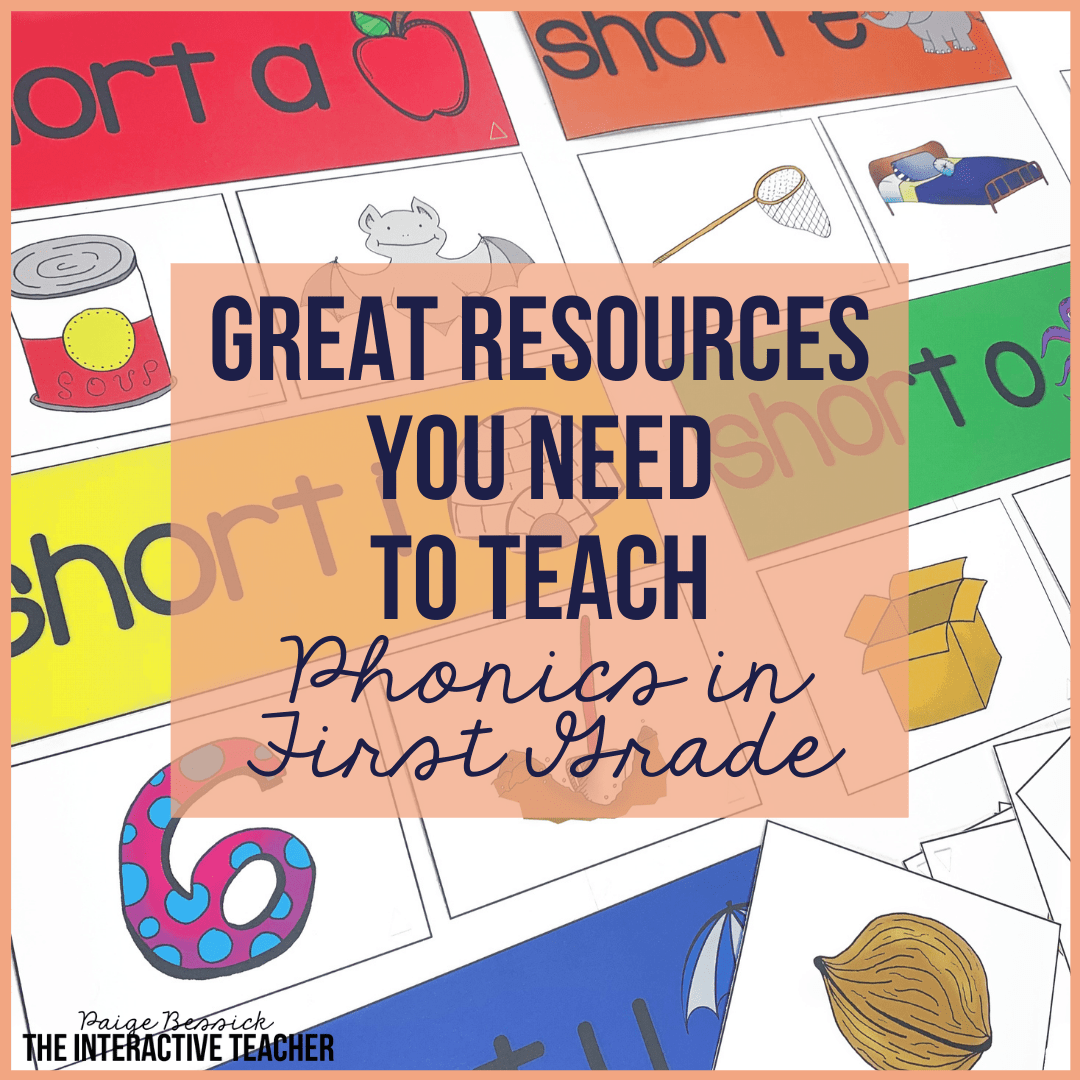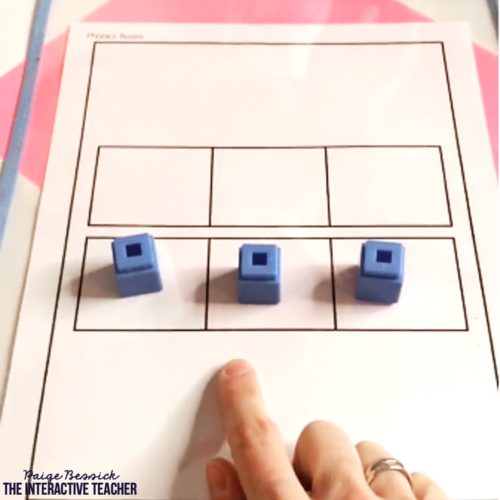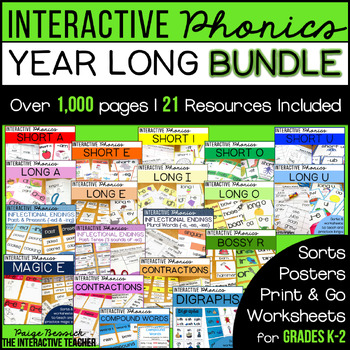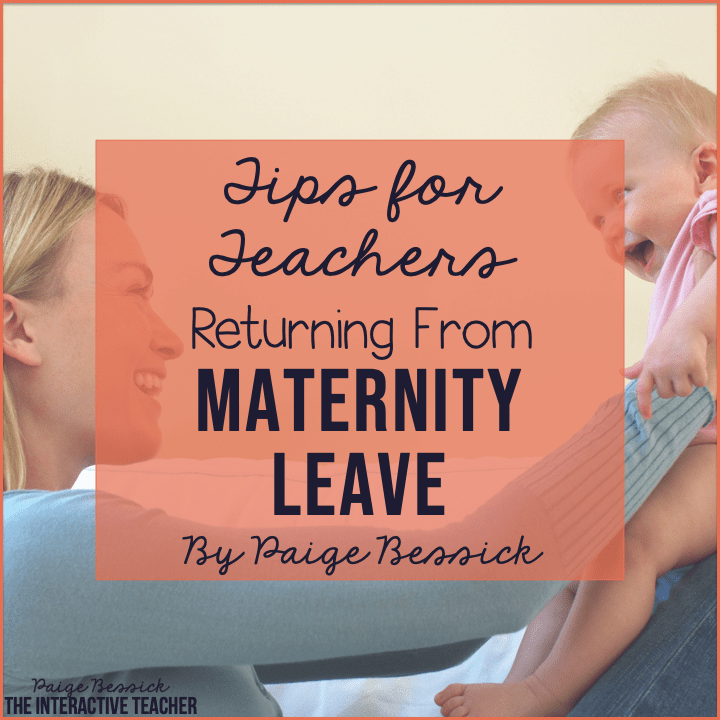Have you heard the buzz about phonemic awareness vs. phonological awareness lately? And you’re not sure what it is? I’ve got you covered! Keep reading to see tips and tricks, and resources that I use in my classroom to support my learner’s phonological and phonemic awareness skills.

**This post contains affiliate links. By purchasing an item using these links, I will receive a small commission on your purchase. This helps me to continue writing this blog and providing you with these tips and ideas. Thank you!
What is Phonemic Awareness?
Phonemic awareness is the ability to notice, think about, and work with the individual sounds in spoken words. By manipulating the sounds in words students learn blending, stretching, or otherwise changing words. Students can demonstrate phonemic awareness in several ways, including:
-recognizing which words in a set of words begin with the same sound
(“Bell, bike, and boy all have /b/ at the beginning.”)
-isolating and saying the first or last sound in a word
(“The beginning sound of dog is /d/.” “The ending sound of sit is /t/.”)
-combining, or blending the separate sounds in a word to say the word
(“/m/, /a/, /p/ – map.”)
-breaking, or segmenting a word into its separate sounds
(“up – /u/, /p/.”)
Phonological Awareness vs. Phonemic Awareness
Both phonological awareness and phonemic awareness are completely auditory. They can essentially be completed in the dark, without any additional materials.
Phonological Awareness
Phonological awareness is an umbrella term that encompasses phonemic awareness. It is the ability to manipulate a spoken language. When a student has phonological awareness they can count syllables, find rhymes, blend compound words, and chunk words into parts. This is the foundation of reading.
A students’ phonological awareness refers to their ability to work with sounds in a spoken language. It covers a wide range of skills, including:
- Word awareness
- Sentence segmenting
- Syllable work
- Onsets and rimes
- Rhyming and alliteration
Phonemic Awareness
These skills are the ability to break words into small parts, by phonemes or sounds. Phonemic awareness falls underneath the phonological awareness umbrella because students typically can do phonological awareness before they can do phonemic awareness activities.
- Blending
- Segmenting
- Substitution
- Manipulation and deletion
How does it support reading?
Phonemic awareness is important because it is critical to reading and spelling success. For example, children who can not distinguish and manipulate the sounds within spoken words have difficulty recognizing and learning the necessary print-to-sound relationship that is critical to proficient reading and spelling success. Those foundational skills are built upon for many years as students read and write about more complex texts.
Phonological and phonemic awareness and phonics go hand-in-hand in teaching children how to read. They are all necessary components in learning to read.
Tips for Teaching
- These activities should be completely auditory. Besides reviewing letters or sounds (on flashcards), everything else can be done without visuals.
- Practice a little each day. Find small pockets of time during small group lessons, or at the beginning of a whole group phonics lesson. (Even 5 minutes can make a big difference!)
- I usually start our phonics and word work time with our daily phonemic awareness. We take 5-7 minutes and as much as possible I use words and activities to work on our current phonics skills.
- I use Heggerty (see more below). They have easy-to-follow 35-week lesson plans.
- Follow a routine. If you start by reviewing sounds, then build up to segmenting and blending sounds in words, do it the same way every day.
- Use fun objects to represent phonemes.
- Tiny cars, beads, colorful sticky notes, and more can all represent the phonemes in a word.
- Using a concrete item that students can push or slide as they say each sound helps cement the understanding that sounds that make up a word may not always match the letters.
- Support bilingual learners by previewing vocabulary words that will be used. Yes, phonemic awareness skills are completely auditory and some include nonsense words, and they don’t need to know the meaning to complete the activities, it will help your learnes if you pre-teach some of the vocabulary words you may use.
Resources to Support
Now that you know the difference of phonemic awareness vs. phonological awareness, here are some lessons to help you teach these skills.
Holiday Lesson Plans
I love our daily phonemic awareness lesson plans, and my students’ phonemic awareness screener scores demonstrate their growth, but sometimes we just need to switch things up a bit.
Because of this, I’ve created some holiday-themed phonemic awareness lesson plans that my students have been absolutely LOVING! If you’re on my email list, I’ve been sending some samples for previous holidays like Halloween, Thanksgiving, and Christmas.
Winter Lesson Phonemic Awareness Lesson Plans Free Sample
I also want to share that you can try a winter sample >>HERE<<!
St. Patrick’s Day Phonemic Awareness Lesson Plans
Another holiday resource that I’ve started creating is holiday-themed lesson plans so more teachers and students can practice these important skills with fun, holiday words, and vocabulary.
Check out all of my phonemic awareness lesson plans >>HERE<<!
Heggerty Curriculum
In addition, Heggerty is a company that has resources to support teachers in doing phonological and phonemic awareness activities in their classrooms.
I have used Heggerty to teach phonemic awareness for 15+ years. It’s an easy way to include phonemic awareness instruction into your daily routines.
Check out >>THIS<< blog post from Heggerty to learn more about what they have to say about the importance of phonological and phonemic awareness.
ADDITIONAL PHONICS RESOURCES
Check out these other blog posts to learn more about how I teach phonics in first grade.
- Great Resources You Need to Teach Phonics in First Grade
- How to Teach Phonics in the Primary Grades
- Easy Word Work Activites for Any Phonics Skill



In conclusion, I hope I was able to put a sense of urgency into your teaching these phonological and phonemic awareness skills to your learners. These activities and skills are truly the foundation of learning to read and write. They are so important for our learners to become successful readers and writers.
Please pin and share for others to see.











